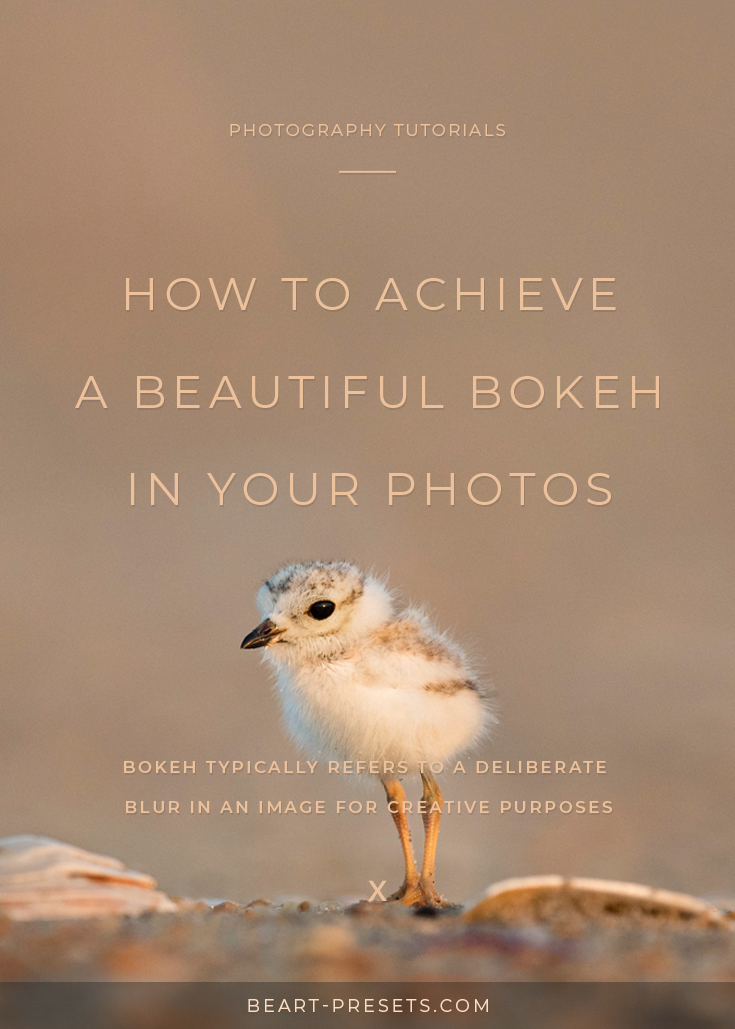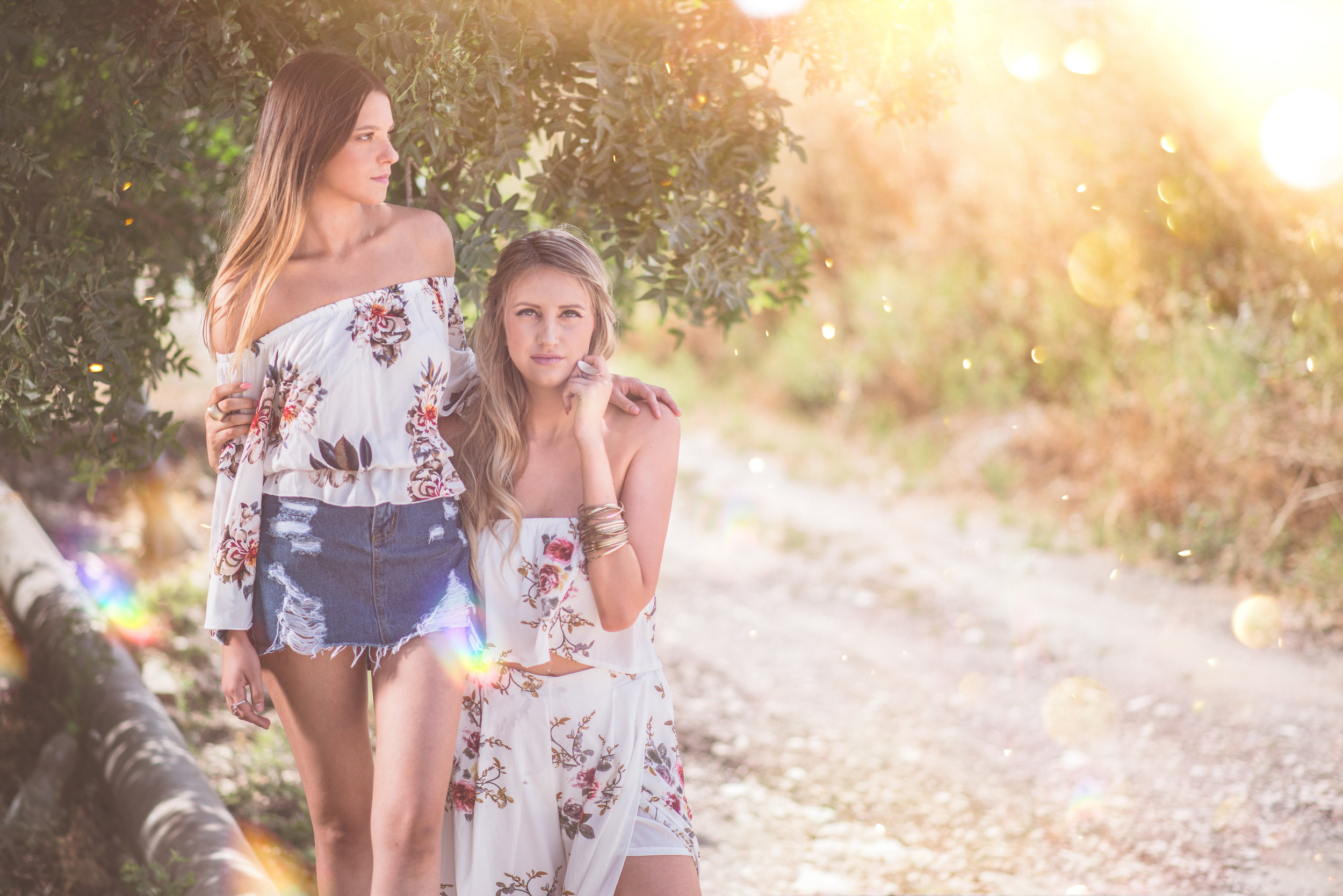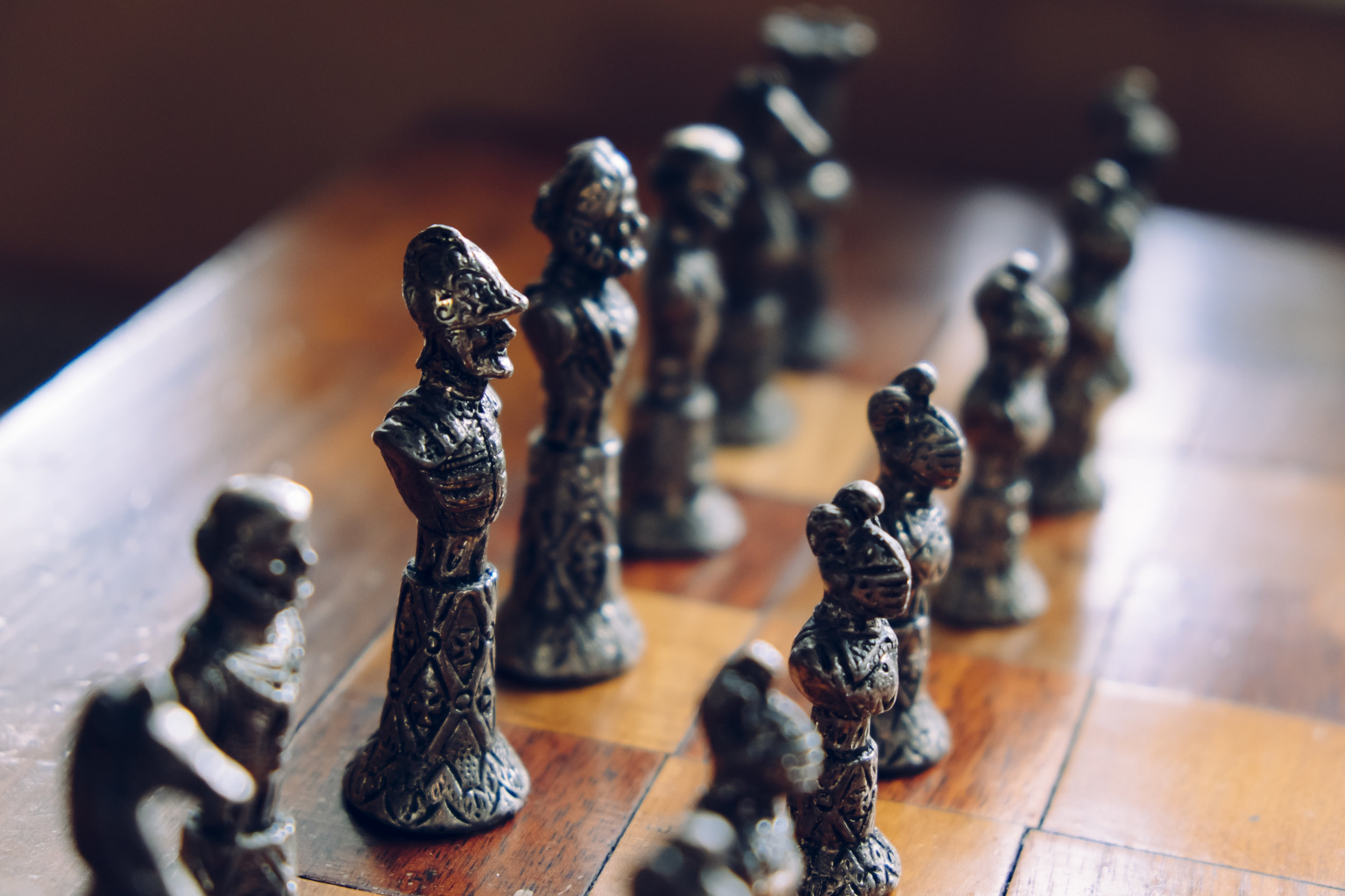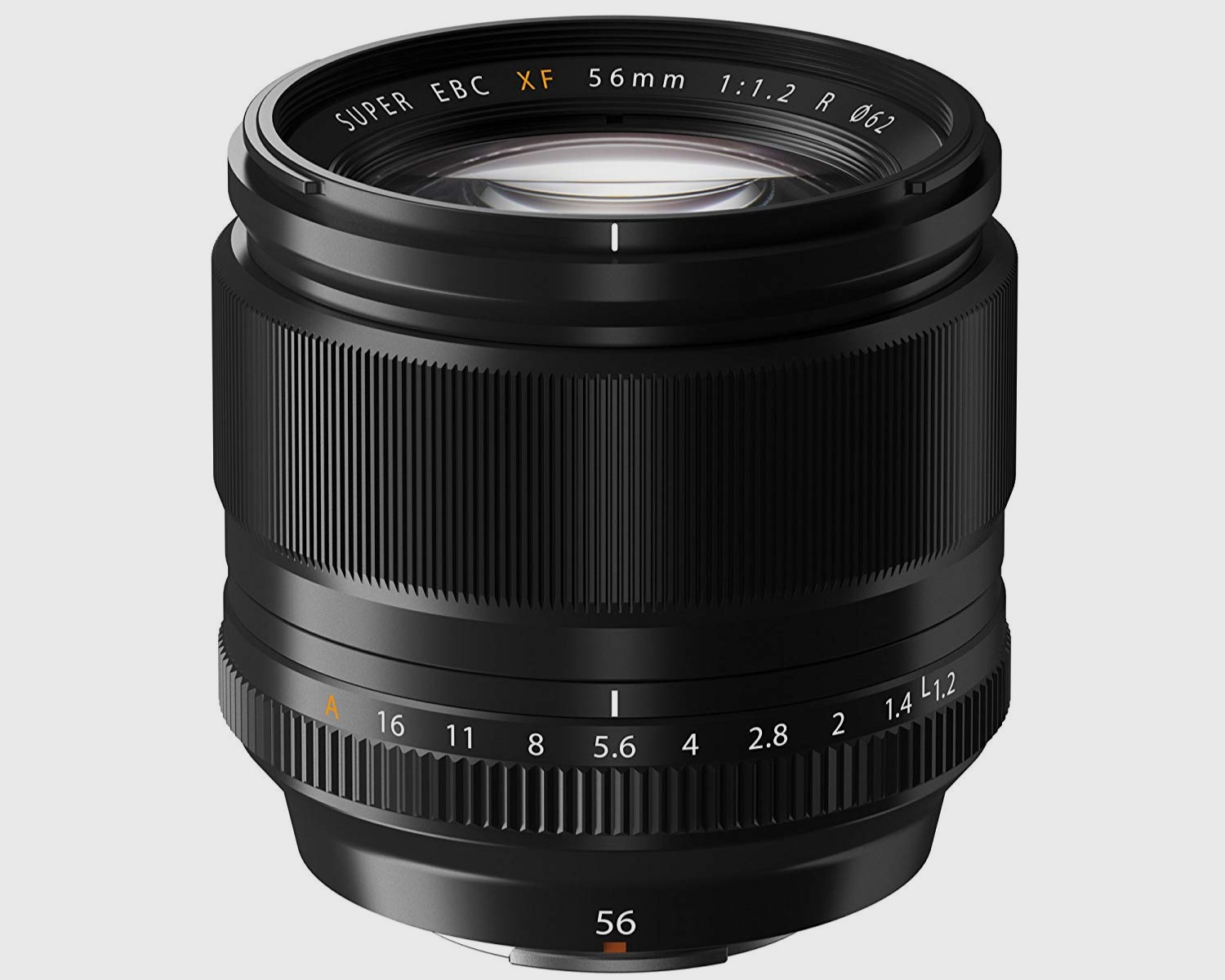Tips for Creating Stunning Bokeh in Your Photographs
The photography term, bokeh, refers to the out-of-focus areas in a photograph. Bokeh typically refers to a deliberate blur in an image for creative purposes. It's something you can achieve with a DSLR camera.
By the way, bokeh is a derivative of the Japanese word "boke" which means blur. It's become so popular that many camera phones now have it for portrait mode creating a blurred background! However, bokeh can be so much more than for a portrait. Read on to learn more about how to create bokeh for your images!
What Causes Bokeh?
Bokeh relates to the depth of field: the shallower your depth of field, the more blur. There are several variables, including the camera, scene, and lens, that can contribute to the character of bokeh, creating different looks.
You can even create a bokeh effect with natural or artificial lights. Imagine the effect on sunlight shining through a window into a dark room or Christmas tree lights. Selective use of this effect usually results in a better look. Too much of it, and it could look like the image is out of focus!
Three Tips for Achieving Bokeh
Typically, you will want to keep your subject sharp and have a shallow depth of field to create background blur or bokeh. To control the depth of field, you'll need to tackle the aperture, focal length (zoom), and distance on your camera.
1. Aperture
The aperture determines how much light passes through the lens. A larger aperture produces a shallower depth of field. To increase the amount of bokeh, set your camera to its widest aperture setting. That means the smallest f-number possible. If you're not comfortable working fully in manual, set the camera to Aperture Priority mode. You can still adjust the aperture for the depth of field, but the camera sets the shutter speed, so you don't have to deal with that as well.
2. Zoom Lens
If you're using a zoom lens, you'll need to zoom all the way in to increase the amount of bokeh you get. Longer focal lengths produce a shallower depth of field, which is not what you want. If you're advanced enough to own a prime lens, it's the same concept if you're working with it. You'll likely need to experiment a bit with it to achieve your ideal bokeh effect.
3. Move Closer
Just like you need to zoom in with a zoom in, you might want to move closer to your subject to produce more effectively. The closer your lens is focused, the more out of focus the background becomes. Another trick you can do if you can't move closer to the subject is to move the subject farther away from the background. The more distance between the subject and its background, the more blur you create.
Four Good Lenses for Bokeh
We've selected four good lenses for producing a bokeh effect. There are far more than just four lenses available on the market. We picked these as a good starting point. We recommend you do further research on lenses.
1. Canon EF 85mm f/1.4L IS: The EF 8mm has an exceptionally fast focus, which is particularly helpful for creating bokeh when there's action involved. It's unique in that it has image stabilization built-in. That will help with any camera shake. If you can afford its hefty price tag, it's a great lens to have!
2. Sigma 105mm F1.4 Art: Full-frame lens, Sigma, considers itself the leader of bokeh lenses. It combines well with Nikon, Sony, Panasonic/Leica, and Canon. It produces a truly impressively shallow depth of field that makes your portraits look incredible. It weighs just over 3-pounds and is very large.
3. Fujifilm XF 56mm F1.2R APD: The F1.2R APD offers unique technology. APD stands for apodization filter. It smoothes out any roughness around blur circles. The result of which is an extra smooth blur effect. It's not a cheap lens, however. If you're on a budget, pick up on of its cheaper relatives.
4. Nikon Nikkor Z 50mm f/1.8 S: The Z 50mm f/1.8 S offers ultra-sharp optics, a compact size and a fast aperture at a moderate price. The bokeh it produces is particularly nice for portraits.























